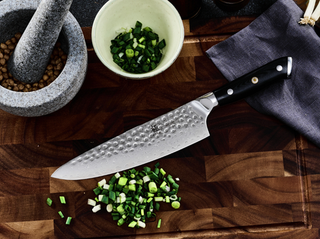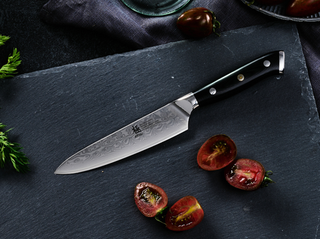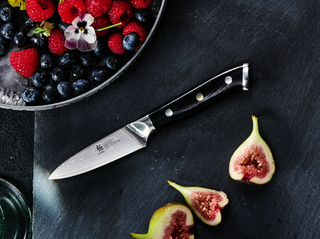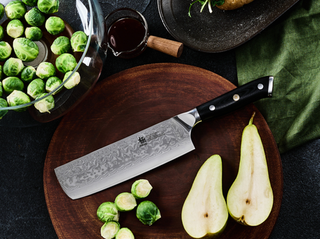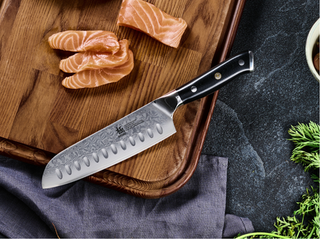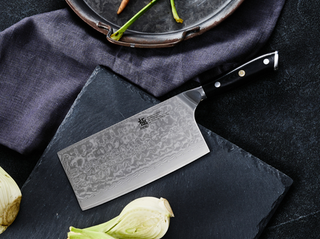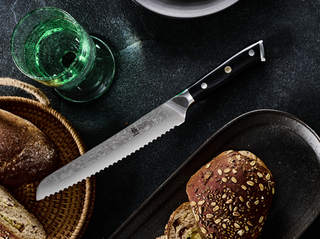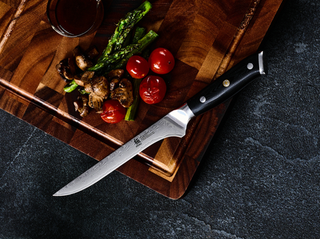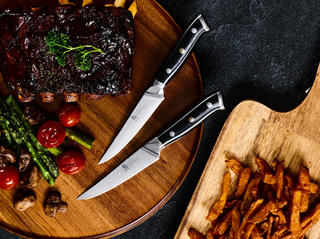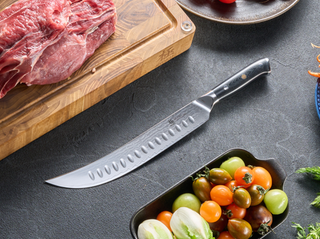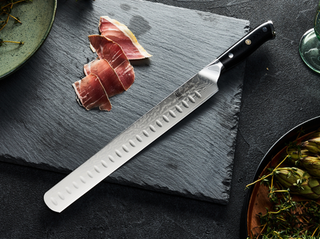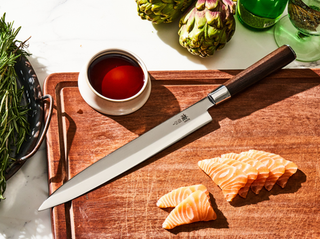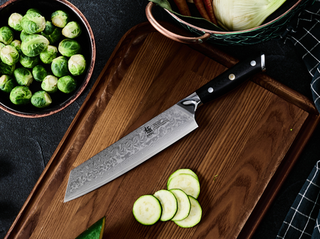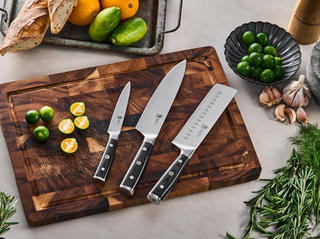Many home cooks wonder how long it takes to bake turkey wings without turning them into a dry and bland disappointment. You can achieve this by balancing the heat, the time, and cooking technique so the meat stays moist while the skin turns golden brown and crisp. This guide provides practical baking times,temperature ranges, and other variation ideas to help you.
Core time and temperature
Basic setup: Preheat the oven to 200–220°C (400–425°F). This range is widely used for a balance of browning and tenderness.
Typical time ranges:
- Small or split wings: 40–60 minutes
- Whole wings or larger pieces: 60–90 minutes
Mid-cook refinements:
- Flip once midway through cooking to promote even browning.
- For extra crispness, finish with a brief 3–5 minutes under high heat or broil, but watch closely to prevent burning.
Doneness and safety:
- The internal temperature should reach at least 74°C (165°F) in the thickest part before serving.
- Let the wings rest for a few minutes after removing from the oven to reabsorb juices.

Preparation and seasoning (workflow)
-
Before seasoning: ensure turkey wings are properly dried. You can dry the wings with paper towels for better browning.
-
Basic seasoning mix: salt, black pepper, garlic powder, onion powder, smoked paprika, and a splash of olive oil (or to your taste). If you wish, you can add fresh herbs (e.g., rosemary, thyme) for added aroma on top of your seasoning.
-
Optional marination: If you have time for marinade ahead of time, seasoning for 30 minutes to one hour (or longer) will help deepen flavor; even a quick 10–15 minute soak helps if time is tight.
-
Tray setup: Use a rimmed baking sheet or a shallow dish. Make sure to set wings in a single layer, with space between pieces, so hot air can circulate (too much in the same area can prevent browning).
Flavor variations (ideas to keep content fresh)

1. Honey-lemon herb: Before coating the wings in oil, mix in a little honey and fresh lemon juice in a separate bowl. The natural sweetness of the honey and the bright tartness of the lemon will elevate the savoriness of the wings, and the glaze created in the high-heat finish will be sticky and provide a layer of caramelized gloss.
2. Garlic-rosemary: Add finely minced garlic to chopped fresh rosemary and toss the wings in your favorite olive oil, seasoned with salt and pepper. The garlic will bloom while roasting, releasing aromatic oils, and the rosemary will add a savory, piney note that pairs well with crispy skin.
3. Smoky chili: Mix together smoked paprika with cayenne pepper, plus a splash of olive oil to coat your wings. The smoked paprika provides deep, smoky warmth, the cayenne adds a gentle heat, and the resulting crust delivers a complex, lingering finish.
4. Creamy mushroom pan sauce pairing: Serve the wings with a side of light mushroom cream sauce. Sauté your mushrooms in delicious butter, deglaze with a splash of broth and cream, and simmer just until glossy. This sauce creates a fun contrast when compared to the crispy wings and adds creamy texture.
Tools for Precision: Japanese Knives for Turkey Wings Prep
For home cooks, a sharp, well-balanced knife makes quick work of prep tasks like trimming wings and removing skin. A high-quality Japanese knife, which works very well as a chef's knife or a utility knife, can improve accuracy and reduce waste. Besides, when shaping honey-lemon glaze, garlic-rosemary rubs, or smoky chili coatings, your precise cuts ensure even coating and consistent cooking. A crisp slice of citrus zest or finely minced garlic releases aroma more evenly with a sharp Nakiri knife.

Common pitfalls and fixes
Pitfall 1: wings look browned on the outside but are undercooked inside.
Fix: Ensure the oven reaches and maintains the target temperature, crack the door slightly if needed to vent excess moisture, and use a thermometer to check the thickest part of the wing.
Pitfall 2: wings turn out dry or tough.
Fix: Be patient. Longer, slower cook times result in better wings. You could also put a cover on the tray for the first portion of cooking to capture some moisture, and then uncover to finish browning.
Pitfall 3: the skin not crispy enough.
Fix 3: Start with dry wings, don’t overcrowd the pan, and finish with a blast of high heat for a short time.
Serving ideas and pairings

-
Classic sides: roasted vegetables, garlic mashed potatoes, corn on the cob, or a bright green salad.
-
Dipping sauces: garlic yogurt dip, chili-lime mayo, or tangy barbecue sauce enhance the contrast with crispy skin.
-
Presentation tips: a squeeze of lemon over the wings, with additional fresh herbs sprinkled on top, will add color and brightness.
Conclusion
Baking turkey wings should be based on some few principles: having a hot, even heat cooking environment; not crowding the pan; and validating doneness with a quick internal temperature check. You may prefer a sweet honey-lemon glaze, a garlic-rosemary scent, a touch of smoky chili crunch, or a creamy mushroom pairing, but they all start with the same foundation of crispy skin, juicy meat, and reasonable seasoning. I hope to inspire you to cook with an understanding of temperature and timing — and, most importantly, to create flavors that truly suit your palate!
